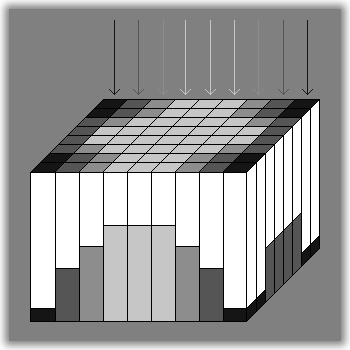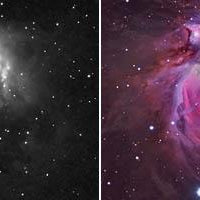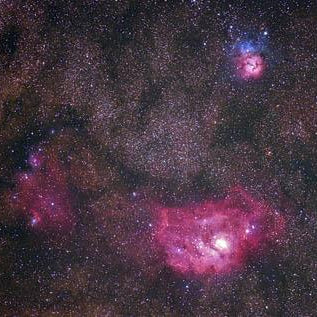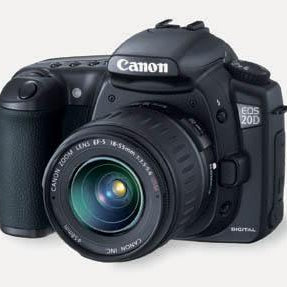
Super-Unsharp Masking
Unsharp masking can be used to significantly enhance the detail visible in certain objects. It can also easily make an image hideous. The process is often overdone for no apparent gain. However, on some objects, the technique of super-unsharp masking...












